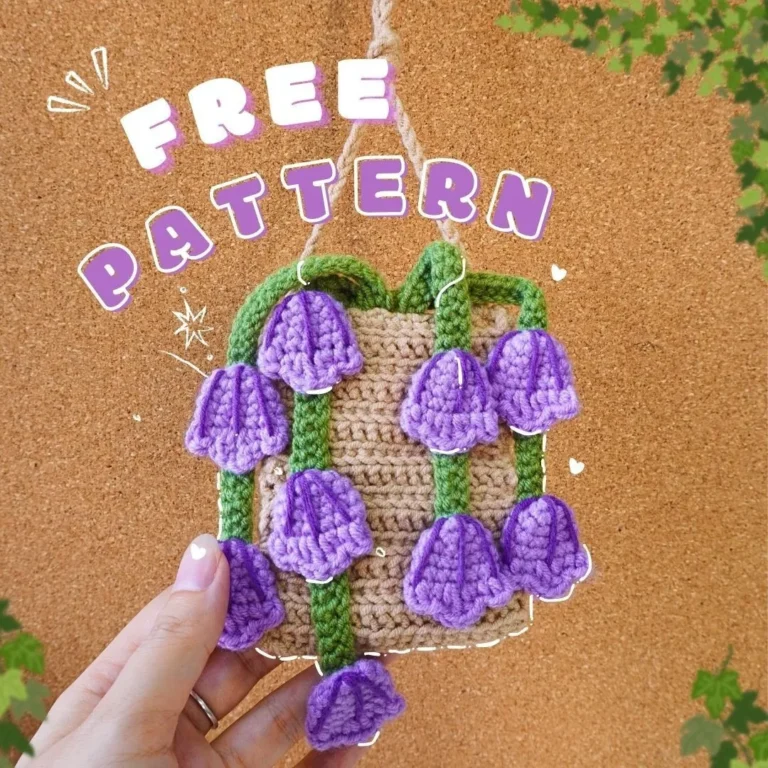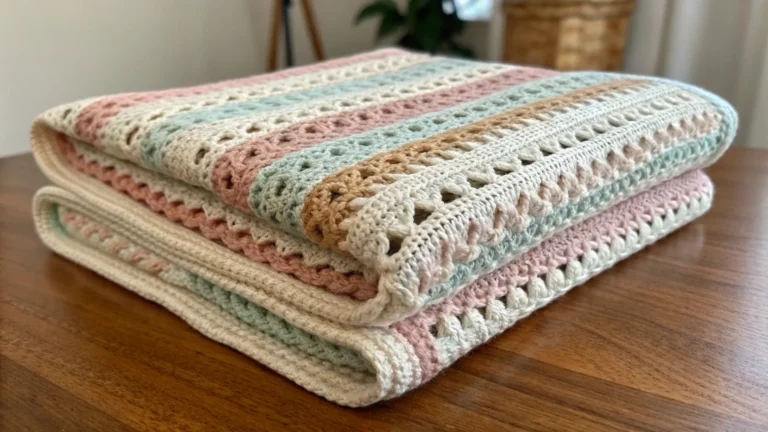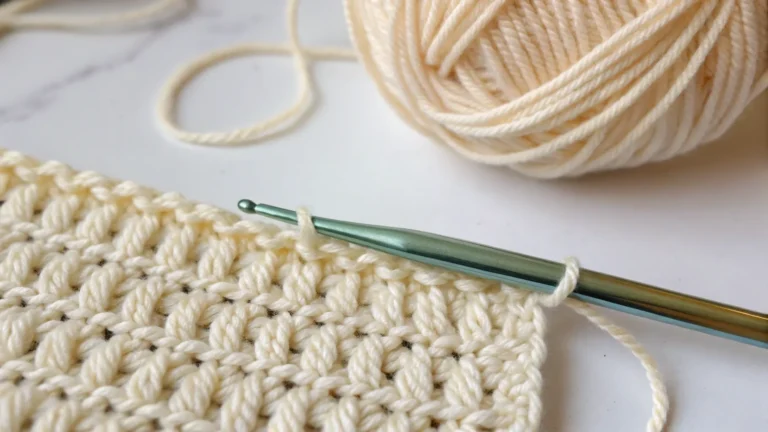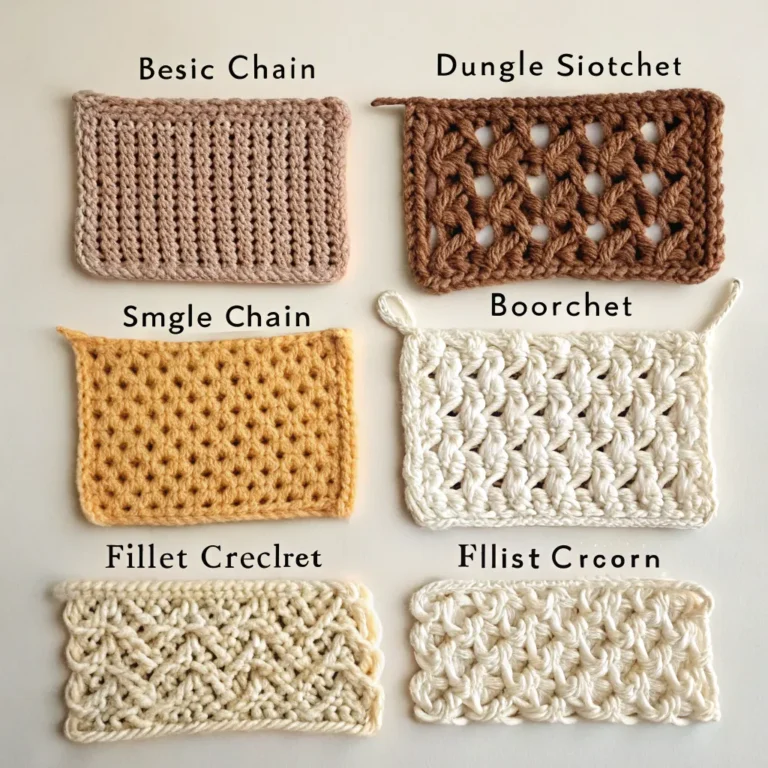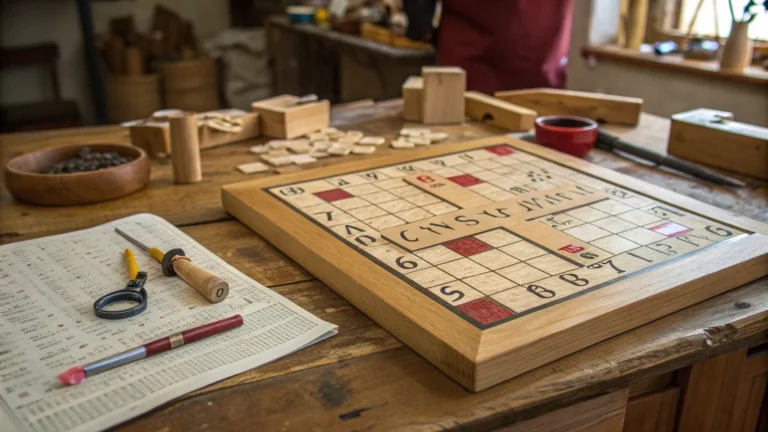crochet hook
Introduction to Crochet Hooks
Crochet hooks are essential tools in the art of crochet, a needlework technique that involves creating fabric from yarn using a hooked needle. A crochet hook is typically characterized by its long, slender shaft with a hook at one end, which is used to pull loops of yarn through other loops to create intricate patterns. This fundamental tool has a rich history that dates back to the early 19th century, although its origins may be traced even further back in time to various handcraft traditions.
The evolution of crochet hooks can be seen through their material and design changes. Early crochet hooks were made from wood, ivory, or bone, often crafted by hand and varying significantly in size and shape. As crochet gained popularity, manufacturers began producing hooks from a range of materials, including aluminum, plastic, and steel, allowing for greater versatility and affordability. Today, crochet hooks come in various sizes, and some even feature ergonomic designs that enhance comfort for extended use, particularly useful for both beginners who are just learning the art and seasoned crocheters who may spend hours on their craft.
Choosing the right crochet hook is crucial, as it can impact not only the ease of crocheting but also the final result of the project. The hook size must correspond to the yarn weight, with larger hooks suitable for bulkier yarns, and smaller hooks better suited for finer yarns. Additionally, different projects may require varying hook styles, whether inline or tapered, as well as different grips for comfort. Understanding the different types and styles of crochet hooks is fundamental for anyone looking to explore this creative outlet, setting the foundation for successful crocheting endeavors.
Types of Crochet Hooks
Crochet hooks come in a wide variety of types, each designed to cater to different crocheting techniques and individual preferences. Understanding these types can greatly enhance your crafting experience and allow you to choose the most suitable hook for your project.
Standard crochet hooks are the most common type. Typically made from materials such as aluminum, steel, or plastic, they feature a tapered hook at one end and a handle on the other, facilitating easy yarn manipulation. These hooks are often marked with their size, which corresponds to the diameter of the hook. The variety in materials also influences the yarn’s glide, with metal hooks providing a slicker experience compared to wooden ones.
Ergonomic crochet hooks are designed specifically to reduce hand fatigue and discomfort during extended crochet sessions. They usually have soft, cushioned grips and are often shaped to fit comfortably into your hand. If you suffer from arthritis or other hand ailments, ergonomic hooks are highly recommended, as they can provide the necessary support and ease of use.
Double-ended hooks, as the name suggests, have a hook on both ends. This design enables users to work on two sides of their project simultaneously, making them ideal for techniques such as hairpin lace or when creating specific stitch patterns. Their versatility allows for unique and intricate designs.
Tunisian crochet hooks are longer than the standard hook, enabling the attachment of multiple stitches across the shaft of the hook. This type is essential for Tunisian crochet, a hybrid technique that combines elements of traditional crochet and knitting. Special attention should be given to gauge and yarn selection when using this hook to ensure proper tension and project dimensions.
Lastly, specialty hooks, including light-up crochet hooks and those designed for specific projects, can help cater to various crafting needs. Light-up hooks can be especially beneficial for crocheting in poor lighting conditions. Each type of crochet hook has its own unique features and uses, ensuring that crafters can find the perfect tool for their individual projects and preferences.
Materials Used in Crochet Hooks
When selecting a crochet hook, the material from which it is made plays a crucial role in the crocheting experience. The most common materials include aluminum, plastic, steel, bamboo, and wood, each offering unique advantages and disadvantages that can influence a crocheter’s choice.
Aluminum crochet hooks are popular for their lightweight and durability. They glide smoothly through yarn, making them ideal for quick projects. However, some crocheters find them a bit slippery, which can lead to dropped stitches, especially for beginners who are still mastering their tension.
Plastic hooks, on the other hand, are often more affordable and come in a variety of colors and sizes. They are lightweight and can be a good choice for beginners. However, they may not provide the same level of control or smoothness as metal options, which can affect speed and consistency in crocheting.
Steel crochet hooks are typically utilized for working with finer yarns, such as laceweight threads. Their slim profiles allow for intricate work, making them suitable for detailed patterns. However, they can be uncomfortable for prolonged use as they may require more grip strength during crocheting.
Bamboo hooks are known for their warmth and natural feel. They are less slippery than metal hooks, allowing for better control of the yarn. Additionally, bamboo is a renewable resource, making it a sustainable option. Nevertheless, bamboo can be less durable compared to metal options, susceptible to breakage if mishandled.
Finally, wooden crochet hooks offer a similar warm feel and can be very aesthetically pleasing. They are generally smoother than plastic and provide excellent control. On the downside, wooden hooks may warp and are often more expensive than their metal and plastic counterparts.
Understanding the characteristics of each material can greatly enhance a crocheter’s skill and comfort. Selecting the right crochet hook can significantly elevate the enjoyment and success of any crochet project.
Choosing the Right Crochet Hook Size
When embarking on a crochet project, one of the most critical decisions you will make is selecting the appropriate crochet hook size. The size of the hook directly impacts the tension and appearance of your finished piece. Understanding the different sizing systems is essential for both beginners and experienced crocheters. In the United States, crochet hooks are commonly sized using a letter or number designation, ranging from B (2.25mm) to S (19mm). Conversely, metric sizing provides a millimeter measurement, which can promote precision in selecting the desired size.
It is important to note that the choice of crochet hook size is influenced significantly by the weight of the yarn you are using. For example, lightweight yarns such as lace or fingering are typically paired with smaller hooks, while bulkier yarns require larger hooks to accommodate their thickness. When working with worsted weight yarn, a size H (5.0mm) or I (5.5mm) hook is commonly recommended. Therefore, understanding yarn weights is fundamental to achieving the best results in your crochet projects.
To assist in your decision, here is a quick reference guide to standard crochet hook sizes and their corresponding yarn weights: Size B (2.25mm) works well with lace weight yarn, while Size G (4.0mm) is suitable for sport weight options. A size H (5.0mm) is often perfect for worsted weight yarn, and size J (6.0mm) is ideal for bulky yarn. As you select your crochet hook size, consider performing a tension swatch, as this can help ensure that your gauge matches the pattern you are following. A properly sized hook will enhance your crocheting experience, ensuring comfort and satisfaction in your crafting endeavors.
Ergonomic Hooks and Their Benefits
In the world of crochet, the choice of tools can significantly impact both the enjoyment and output of the craft. Ergonomic crochet hooks are specifically designed to enhance comfort and usability, particularly for individuals who spend extended periods engaged in crocheting. These hooks incorporate thoughtful designs that minimize strain on the hands and wrists, making the crochet experience more enjoyable and less taxing.
One of the primary benefits of using ergonomic hooks is their ability to help reduce discomfort or fatigue associated with prolonged crafting sessions. Traditional crochet hooks can often lead to repetitive strain injuries, especially for those suffering from conditions such as arthritis or carpal tunnel syndrome. Ergonomically designed hooks typically feature soft grips and wider handles, which allow for a more relaxed hand position—greatly diminishing the tension that can occur in the fingers and wrists. This design consideration is instrumental in alleviating pain and preventing potential injuries, thereby allowing crocheters to enjoy their craft without discomfort.
When considering which ergonomic crochet hooks to choose, several brands stand out for their quality and innovation. Notable examples include Clover’s Amour series, which boasts colorful, soft-grip handles and various hook sizes. Additionally, the Furls Odyssey and the Knit Picks Ergo hooks have garnered acclaim for their unique designs that cater to the natural shape of the hand, promoting a more fluid motion while crocheting. For those new to crochet or seeking an upgrade, exploring these options can greatly enhance the crafting experience.
The increasing popularity of ergonomic crochet hooks reflects a growing awareness in the crafting community regarding the importance of comfort and health. Investing in a high-quality ergonomic hook can lead to a more enjoyable and sustainable crochet experience, ensuring that enthusiasts can pursue their passion without the hindrance of discomfort.
Care and Maintenance of Crochet Hooks
Caring for and maintaining crochet hooks is essential for ensuring longevity and optimal performance in your crocheting projects. Different types of crochet hooks, whether made from aluminum, plastic, wood, or bamboo, require specific care techniques to keep them in top condition. First and foremost, regular cleaning is vital. For aluminum and plastic hooks, a simple wipe with a soft cloth or a damp sponge can help remove any residue or grime accumulated from yarn oils and dirt. It is crucial to avoid soaking these materials, particularly plastic, as water can warp their shape over time.
Wooden and bamboo crochet hooks, on the other hand, may require additional attention. It is advisable to use a soft cloth to dust these hooks off gently, and if they appear dry or dull, a light application of mineral oil can restore their luster and prevent cracking. However, avoid using food oils, as they may go rancid and create additional problems. Ensuring that these hooks are not exposed to extreme humidity or heat will also extend their lifespan significantly.
When it comes to storing your crochet hooks, consider using a dedicated organizer or a small case that protects them from damage. Store hooks flat or in a manner that prevents them from rolling around, which might lead to accidental bending or breakage. Furthermore, it’s essential to routinely inspect your crochet hooks for any signs of wear and tear. Look out for rough edges, bent tips, or significant discoloration. If you notice any damage, it is advisable to replace the hook to maintain the quality of your crocheting experience. By implementing these care and maintenance strategies, you can ensure that your crochet hooks remain functional and enjoyable to use for years to come.
Common Mistakes to Avoid with Crochet Hooks
As with any craft, mastering the art of crochet involves understanding not only the techniques but also the tools of the trade—particularly crochet hooks. Both novice and experienced crocheters often encounter several common mistakes that can hinder their progress and enjoyment. By being aware of these pitfalls, one can enhance their crocheting skills and achieve satisfactory results.
One significant mistake arises from the incorrect grip of the crochet hook. A poor grip can lead to discomfort and fatigue, especially during long crocheting sessions. It is essential to find a comfortable hold that allows for flexibility and ease of movement. A relaxed hand can lead to better tension control, improving overall stitch quality.
Another frequent misstep involves using the wrong hook size for the chosen yarn. Each yarn type typically has a recommended hook size, and straying from this guideline can result in stitches that are too tight or too loose. This discrepancy often translates to uneven tension in the finished project. To avoid this issue, always refer to the yarn label for guidance on the appropriate crochet hook size, ensuring a more uniform and polished appearance in your work.
Moreover, a lack of maintenance for crochet hooks is a common oversight. Ignoring the need for regular upkeep can lead to a compromised crocheting experience. Ensure that hooks are free from debris and use a soft cloth for cleaning. In the case of wooden hooks, consider occasionally treating them with mineral oil to maintain their integrity and prevent splintering.
By paying attention to these common mistakes—grip, hook size selection, and hook maintenance—crocheters can cultivate a more enjoyable and successful crafting journey. This awareness plays a crucial role in developing one’s skills as a crocheter and ultimately leads to more satisfying creations.
Tools and Accessories for Crochet Hooks
The process of crocheting can be significantly enhanced through the use of various tools and accessories that complement crochet hooks. Each accessory serves a unique purpose, aiding in organization, efficiency, and overall enjoyment of the craft. Among the essential tools, stitch markers are particularly valuable. These small items help track the progress of your work, marking crucial points in the pattern, such as the beginning of a round or changes in stitch types. This becomes especially useful when working on complicated designs, ensuring accuracy throughout the project.
Another beneficial accessory is the yarn bowl. These specially designed bowls prevent yarn from tangling during the crocheting process, allowing for smoother and more consistent stitching. The interior of a yarn bowl typically features grooves or holes for the yarn to navigate through, keeping it secure and accessible without the mess that can often accompany traditional yarn handling. As a result, crocheters can focus more on their patterns rather than on managing tangles.
Additionally, a hook case is an excellent investment for both novice and experienced crocheters. These cases provide a centralized location for storing crochet hooks and other essential tools, reducing the likelihood of misplacing items. With various compartments and sizes available, hook cases cater to different styles and needs. Keeping tools organized not only extends their lifespan but also enhances the overall crocheting experience. The ability to quickly access necessary items streamlines the workflow and cultivates a more enjoyable crafting environment.
Utilizing these tools alongside crochet hooks leads to a more organized approach to projects. Whether you are a beginner or an advanced crocheter, integrating these accessories into your routine can foster creativity, leading to more satisfying results. Prioritizing the right tools and accessories ultimately supports both efficiency and enjoyment, making the art of crochet more rewarding.
Conclusion and Final Thoughts
In this guide, we have explored the essential aspects of crochet hooks, including their various types, materials, and the importance of selecting the right hook for your projects. We have highlighted how different crochet hook sizes and styles can impact your crocheting experience, emphasizing the benefits of trying out various options to determine which suits your personal needs best. Whether you are a beginner or an experienced crocheter, understanding the distinctions among hooks can significantly enhance your crafting abilities.
Additionally, we have discussed the significance of ergonomics in crochet, especially for those who may crochet for extended periods. Choosing hooks that offer comfort and ease of use can prevent strain and fatigue, ensuring that your crafting sessions remain enjoyable. We also touched on how different yarn types interact with various hooks, which can affect the overall texture and finish of your work.
As you embark on your crocheting journey—or continue to refine your skills—do not hesitate to experiment with different crochet hooks. From metal to bamboo, and from inline to tapered designs, each option offers a unique feel and functionality. The right crochet hook can make a world of difference in your crafting experience, so consider trying out several to discover your perfect match. We encourage you to share your own experiences and tips on choosing crochet hooks, as this community thrives on shared knowledge and insights.
Ultimately, the journey of crocheting is as rich as the materials you choose to work with. Embrace the process, enjoy your projects, and let your creativity flourish while you find the perfect tools that resonate with your style.



